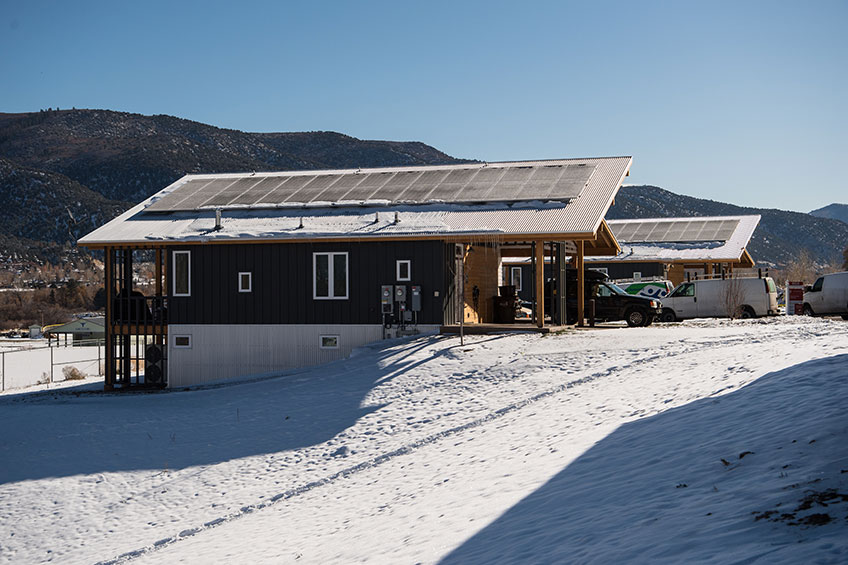IEEE Journal Features NREL Commentary on the Future of Renewable Energy
Open the October 2020 issue of The Bridge, a magazine produced by IEEE’s Honor Society “Eta Kappa Nu,” and it is like opening a door to the National Renewable Energy Laboratory’s (NREL’s) research laboratories. Inside each, the future of renewable energy technologies feels close, with scientists ready to turn the corner on the most efficient, flexible, and resilient energy systems imaginable.
The recent issue of The Bridge features articles from NREL and U.S. Department of Energy (DOE) contributors that explain research direction in the areas of renewable energy transmission, consumption, and generation. NREL Laboratory Program Manager Roderick Jackson serves as guest editor of the issue and introduces NREL’s vision for renewable energy across domains.
The future of renewable energy transmission is summarized by NREL’s Autonomous Energy Grids concept: a power grid that is distributed and hierarchical, and capable of optimizing hundreds of millions of devices in real time. The authors explain how fundamental discoveries in control theory have enabled rapid and robust distributed control at a scale that was theoretically impossible a short time ago. Within the Autonomous Energy Grids program, these discoveries have been successfully applied on large-scale demonstrations in the ESIF and on partner Holy Cross Energy’s distribution system. With the theory’s foundations stable, the authors invite future collaboration in controls, optimization, data analytics, complex systems, and cybersecurity to bring Autonomous Energy Grids to the entire U.S. power system.

Renewable energy consumption concerns grid-interactive efficient buildings—advanced systems outfitted with sensors, controls, and predictive methods that change buildings into responsive and flexible instruments for significant energy savings. With sizeable loads and many controllable units, NREL and other DOE laboratories are collaborating to build data-driven approaches to optimized grid-building connections.
For renewable energy generation, NREL contributors hint at material breakthroughs in photovoltaic (PV) solar, such as the two developments awarded 2020 R&D 100 awards. Despite an industry dominated by silicon, commercial PV could trend toward diverse designs: thin film-materials, perovskites, and organic PV. The decisive terms for success include tunable bandgaps for greater efficiency, strong absorption to minimize material use, and ability to be manufactured rapidly, besides overall durability.
By no means an exhaustive survey of renewable energy’s future, The Bridge special issue highlights a few NREL programs that reveal renewable energy priorities. Stay tuned for results in each of these research directions.
Last Updated May 28, 2025
